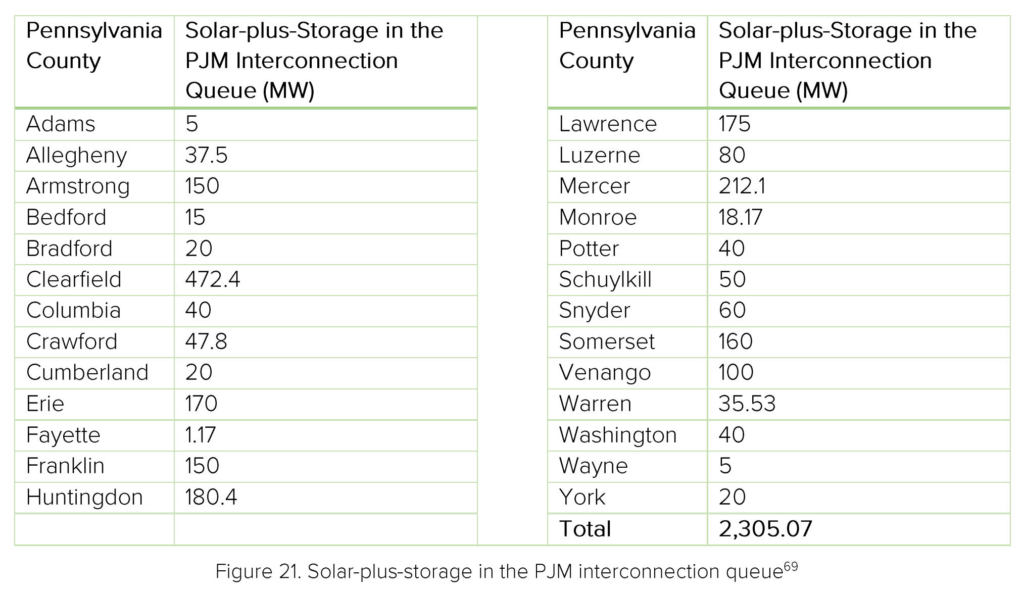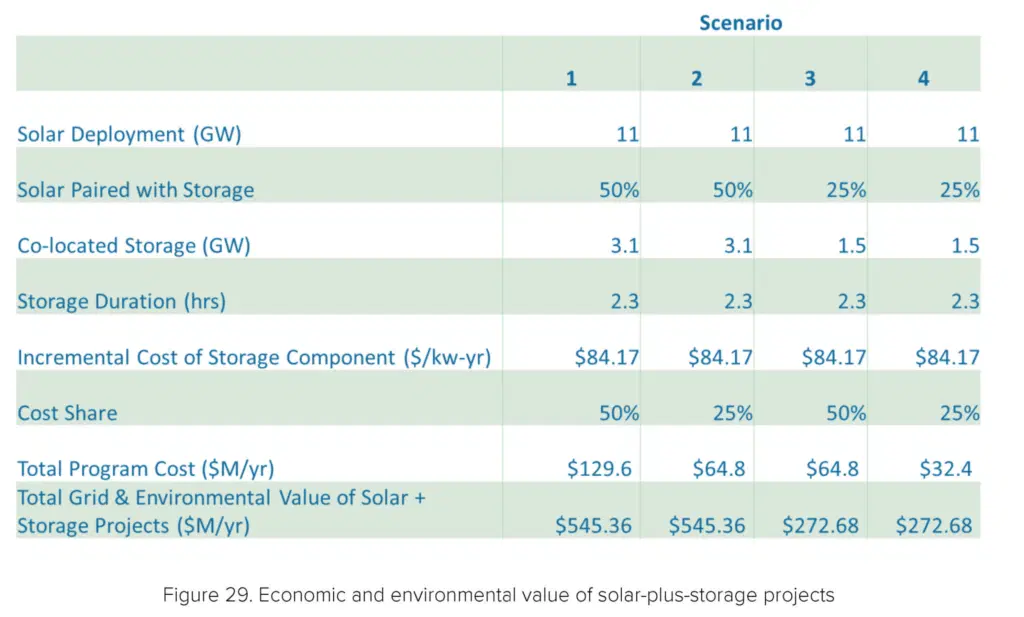Pennsylvania is set to revolutionize its energy landscape with an ambitious foray into solar power and energy storage. As of February 2021, the PJM transmission interconnection queue showcased an impressive 64 solar-plus-storage projects across 26 counties in the state, boasting a total capacity of over 2.3 GW and approximately 9.2 GWh. Despite this promising scenario, the existing structure of the local electricity market poses challenges to the economic viability of energy storage. However, a beacon of hope shines through the comprehensive report titled “Pennsylvania Energy Storage Assessment: Status, Barriers, and Opportunities,” which not only quantifies the financial potentials of energy storage but also delineates the challenges that need addressing.
The Solar Future Plan: A Driving Force for Change
The report derives its foundation from Pennsylvania’s ambitious goal of achieving 10% of electricity generation from solar power by 2030, as outlined in the 2018 Pennsylvania Solar Future Plan. The College of Agricultural Studies at Penn State University estimates that achieving this goal could drive substantial economic activity, with 1 GW of solar power generating $2.9 – 4.2 million a year in land lease payments alone. The Solar Future Plan envisions the deployment of solar volume from 1 GW to an impressive 11 GW, accompanied by a nearly doubled solar land lease rate. This expansion could translate into $1.7 billion in land lease opportunities for Pennsylvania landowners over 25 years.

Local electricity market’s structure
Financial Benefits of Solar-Plus-Storage Projects
A pivotal revelation from the report is the potential financial windfall that could be reaped by combining 25% of the targeted 11 GW solar power with 1.5 GW/3.45 GWh battery storage. With an investment of $32-64 million in public energy infrastructure, Pennsylvania Solar energy customers stand to save a staggering $273 million annually in wholesale energy costs, along with the added benefits of reduced public health and environmental impacts. This implies a remarkable return on investment ranging from 421% to an astounding 841%, a boon for the citizens of Pennsylvania.
Beyond Financial Gains: Community and Environmental Benefits

The report underscores the broader benefits of energy storage projects, extending beyond financial gains. The doubling of energy storage volume, coupled with increased public support, not only amplifies financial savings but also contributes to a healthier community. Fewer doctor visits, reduced childhood asthma cases, and diminished local pollution are among the societal benefits, which unfortunately go unrecognized and uncompensated for energy storage owners.
Overcoming Economic Hurdles: Pricing Sensitivities
Analyzing the economic viability of energy storage projects, the report delves into the impact of battery prices on investment decisions. A 23% reduction in battery prices within two years could transform smaller systems into prudent investments, while a 34% decrease could make larger systems economically viable. Additionally, higher demand charges within the state could further tip the scales in favor of energy storage investments, showcasing the sensitivity of the market to pricing dynamics.
Policy Recommendations for a Sustainable Future
Recognizing the barriers to energy storage deployment, the report puts forth a comprehensive set of policy recommendations. These recommendations, ranging from immediate implementation to long-term targets, address issues such as storage procurement goals, statewide forums, public funding, wholesale market improvements, and strategic plans for microgrid deployment. The authors emphasize the importance of ongoing support for new technologies through research and development.
Conclusion:
Pennsylvania stands at the cusp of a transformative journey into solar power and energy storage, with the potential for substantial economic, environmental, and societal benefits. The report illuminates the path forward, offering insights into the financial potentials and challenges associated with energy storage deployment. As the state navigates this uncharted territory, the implementation of the recommended policies becomes paramount, ensuring a sustainable and prosperous energy future for Pennsylvania and its residents.